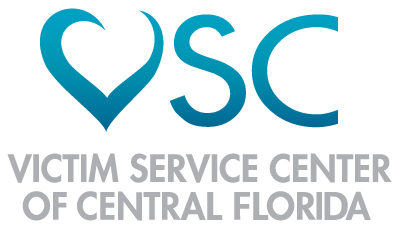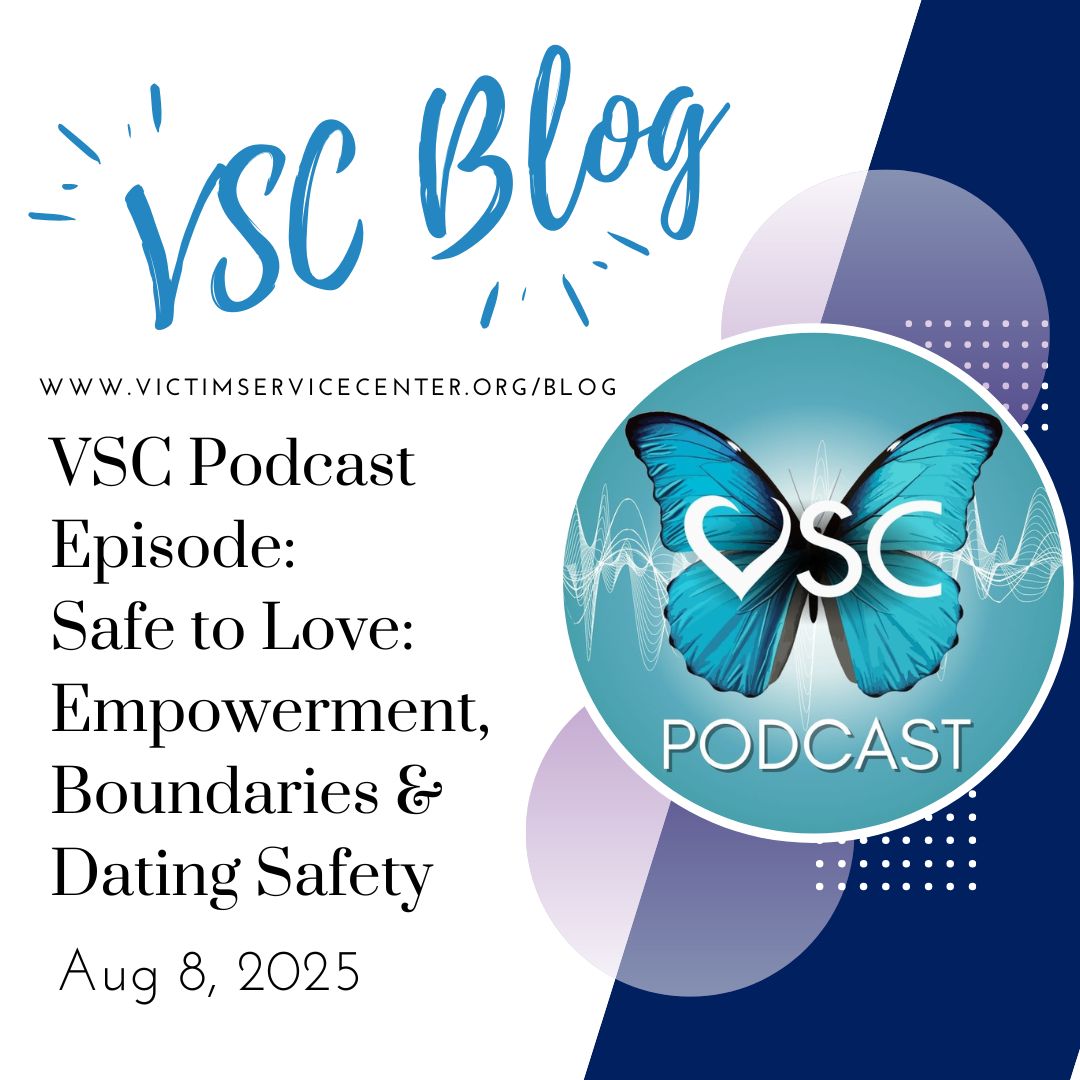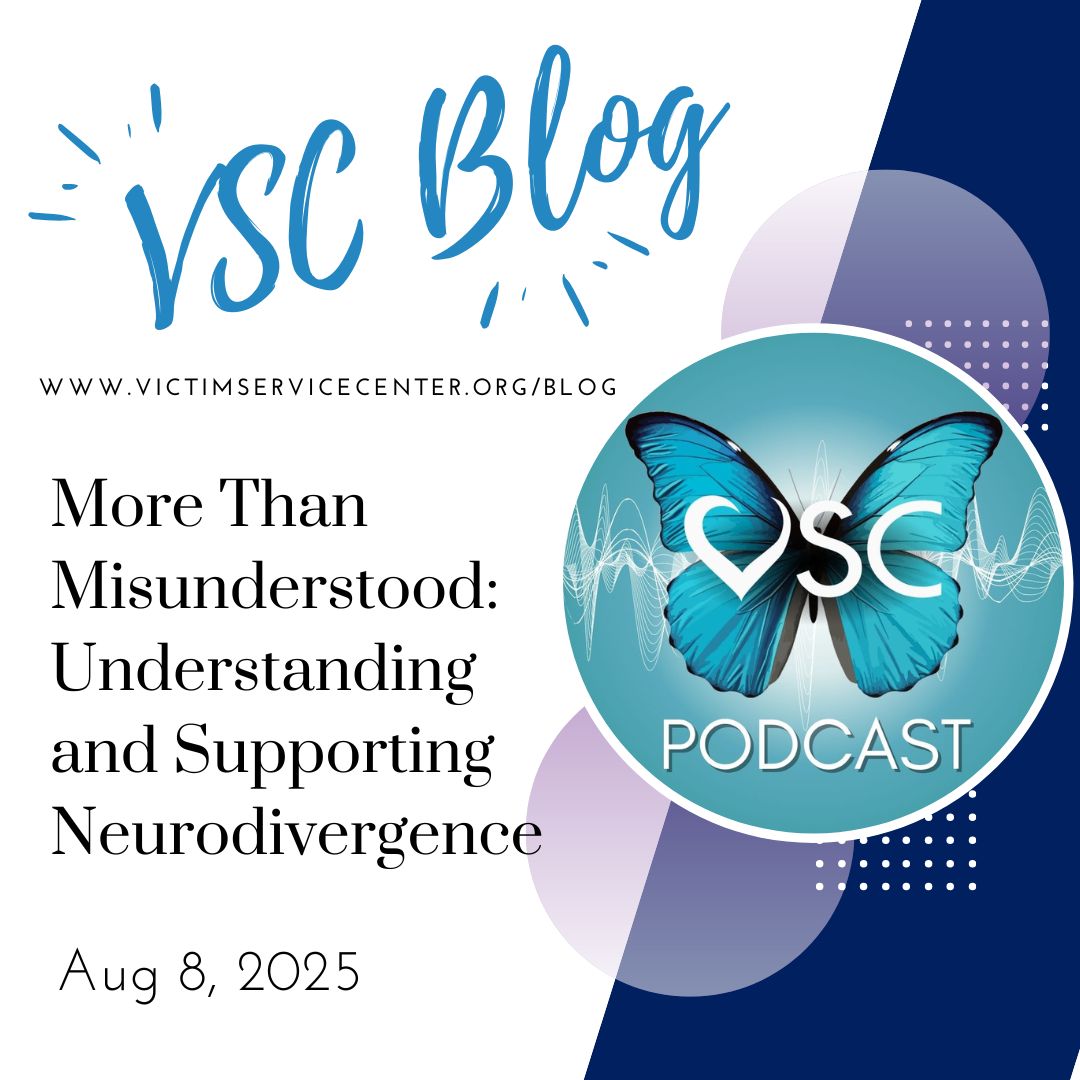by Natalia Richards, Rollins College Clinical Mental Health Counseling Graduate Student
This month is Human Trafficking Awareness Month.
- There are 40.3 million victims of human trafficking globally.
- 81% of human trafficking victims are trapped in forced labor.
- 25% of human trafficking victims are children.
- 75% of human trafficking victims are women and girls.
- Every country in the world is affected by human trafficking, as countries of origin, transit or destination – or even all three.
When thinking about human trafficking, many individuals know primarily about the sex trafficking industry, yet, it is not the only sector of trafficking in the world.
WHAT IS HUMAN TRAFFICKING?
Human trafficking is a crime in which force, fraud or coercion is used to compel a person to perform labor, services or commercial sex. It affects men, women and children as well as U.S citizens, foreign nationals and all economic classes. No individual is exempt from human trafficking. This is why it is important to be aware of and able to identify indicators of human trafficking.
WHAT IS SEX TRAFFICKING?
Sex trafficking is a crime in which force, fraud or coercion is used to cause a commercial sex act with an adult or minor. Many children entering sex trafficking between the ages of 14 and 16 years old. Sex trafficking or sexual exploitation is by far the most commonly identified form of human trafficking and the world’s fastest growing criminal industry. It is also the most visible and largest sector of trafficking in the world. Nevertheless, there are other common types of human trafficking, one of which is labor trafficking.
WHAT IS LABOR TRAFFICKING?
Labor trafficking is a crime in which violence, threats, lies, and other forms of coercion forces is used to exploit individuals to work against their will. This occurs in many different industries, from domestic servants to farmworkers. Most labor trafficking occurs in agriculture, construction, garments and textiles, catering and restaurants, domestic work and the provision of healthcare services.
WHAT IS CONSIDERED HUMAN TRAFFICKING?
Human trafficking can be broken down into three primary elements: what is done, how it’s done and why it’s done — the action, the means, and the purpose.
The purpose of human trafficking is always exploitation.
The methods for trafficking in persons include abuse of power, fraud, coercion, and threats of or use of force.
The actual act of trafficking is done through the recruiting, transporting, inducing, harboring, transferring and receiving of persons.
TAKING A CLOSER LOOK
Florida is 3rd in the nation for human trafficking across the United States. Although, human trafficking is global it can also occur in our own backyards.
The idea of human trafficking can be startling for many. Nevertheless, it is important to take a closer look into the first step of human trafficking – grooming.
WHAT IS GROOMING AND WHO IS TARGETED?
Sexual grooming or grooming is the process traffickers use to control and manipulate an individual into human trafficking. Traffickers tend to target those who are most vulnerable and in need, with and without using the method of grooming. Yet, individuals who are trafficked can also be chosen at random. Although all actions of a trafficker are different, there are primarily 6 stages of grooming.
- Targeting a victim
- Gaining trust and information
- Filling a need
- Isolation
- Abuse
- Maintaining control
It is important to look out for these stages when suspecting that someone you know is in the process or already a victim of human trafficking.
HUMAN SMUGGLING VS. HUMAN TRAFFICKING
Human smuggling is the illegal movement of someone across a border. Human trafficking is the illegal exploitation of a person.
INDICATORS OF HUMAN TRAFFICKING
A few common signs that an individual is possibly a victim of human trafficking is an important part of saving lives. However, it is important to know that not all indicators displayed is proof that an individual is a trafficking victim, and not every indicator is present in human trafficking cases. With that being said, the best thing to do is to be aware.
Below are questions you can ask yourself if you think an individual is experiencing human trafficking:
- Does the person appear disconnected from family, friends, community organizations, or houses of worship?
- Has a child stopped attending school?
- Has the person had a sudden or dramatic change in behavior?
- Is a juvenile engaged in commercial sex acts?
- Is the person disoriented or confused, or showing signs of mental or physical abuse?
- Does the person have bruises in various stages of healing?
- Is the person fearful, timid, or submissive?
- Does the person show signs of having been denied food, water, sleep, or medical care?
- Is the person often in the company of someone to whom he or she defers? Or someone who seems to be in control of the situation, e.g., where they go or who they talk to?
- Does the person appear to be coached on what to say?
- Is the person living in unsuitable conditions?
- Does the person lack personal possessions and appear not to have a stable living situation?
- Does the person have freedom of movement? Can the person freely leave where they live? Are there unreasonable security measures?
WHAT CAN I DO?
If you see something, say something! If you suspect an individual is a trafficking victim:
Contact the National Human Trafficking Hotline toll-free at 1-888-373-7888.
Text the National Human Trafficking Hotline at 233733.
If you or the individual is in immediate danger, please call 911.
Call Victim Service Center for support at 407-500-HEAL (4325). Reach out to us on our 24/7 crisis helpline today!
References:
https://www.dosomething.org/us/facts/11-facts-about-human-trafficking
https://www.cnn.com/2019/01/14/perspectives/human-trafficking-fight/index.html
https://www.compassion.com/world-days/human-trafficking-awareness-day.htm
https://polarisproject.org/human-trafficking/recognize-signs



